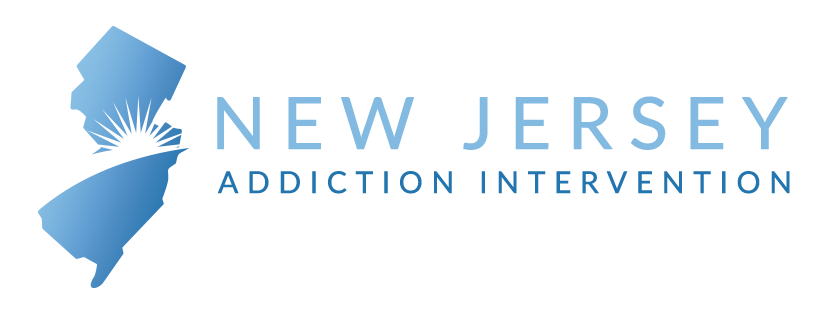Opioid addiction is often treated using medication-assisted treatment (MAT), an integrated treatment approach that combines traditional addiction treatment methods with the use of medications that limit withdrawal symptoms and cravings.
MAT programs help individuals focus on the psychological and behavioral aspects of recovery by easing the physical symptoms people experience during early recovery.
Two of the most common medications used during MAT programs are Suboxone and Zubsolv. Both of these substances combine buprenorphine with naloxone to ensure that clients experience lessened withdrawal symptoms and cravings without experiencing a high.
However, there are differences between Zubsolv and Suboxone that you should be aware of.
What are Zubsolv and Suboxone Used For?
Zubsolv and Suboxone are two of the medications used during medication-assisted treatment for opioid addiction. Both of these substances combine buprenorphine and naloxone, classifying Zubsolv and Suboxone as partial opioid agonists.
The buprenorphine attaches to opioid receptors in the brain to prevent withdrawal symptoms and cravings during early recovery.[1] On the other hand, naloxone binds to opioid receptors to prevent opioids from being able to cause mind-altering effects or overdoses.[2] This combination ensures that patients do not experience severe withdrawal symptoms and reduces the risk of relapse while they are on the medications.
What is Suboxone?
Suboxone is one of the medications approved by the FDA to treat opioid withdrawal and dependence. As previously mentioned, it combines buprenorphine and naloxone to ease symptoms during early recovery from opioid addiction. This medication is available in both tablets and a sublingual film.
Like any medication, Suboxone can cause side effects, which may include:[3]
- Headaches
- Nausea and vomiting
- Constipation
- Excessive sweating
- Sleeping issues
- Swelling in the hands and legs
- Stomachaches
- Numbness or tingling in the mouth
Suboxone is only intended to be used during a medication-assisted treatment program that includes other addiction recovery services like individual therapy, group counseling, and relapse prevention planning.
What is Zubsolv?
Zubsolv is another FDA-approved medication used during MAT programs to treat opioid use disorder. This medication is similar to Suboxone, as it contains a mixture of buprenorphine and naloxone. When used, Zubsolv limits withdrawal symptoms and cravings while preventing clients from getting high or relapsing on opioid drugs.
While Suboxone comes in both a tablet and sublingual film, Zubsolv is only available in a dissolving tablet formulation. It is important to note that Zubsolv causes the same side effects as Suboxone, as they contain the same active ingredients.
Comparing Suboxone and Zubsolv
Suboxone and Zubsolv have many similarities, including the active ingredients and effectiveness in treating opioid use disorder. However, there are some differences you should be aware of if you are choosing between the two medications.
The main difference is that while Suboxone offers a tablet and a sublingual film, Zubsolv only comes as a dissolving tablet. This means if you take Zubsolv, you have to allow the tablet to disintegrate in your mouth. Most individuals have noted that Zubsolv has a less bitter taste than Suboxone.
Another important difference to be aware of is that there are no generic versions of Zubsolv. As a result, it might be more cost-effective to take the generic alternative to Suboxone if you are looking to save money.
Dosing of Suboxone and Zubsolv
Lastly, Suboxone and Zubsolv come in different strengths and dosages. Many doctors will choose which medication to use based on their client’s needs.
Suboxone comes in the following doses:
- 2 mg buprenorphine/0.5 mg naloxone
- 4 mg buprenorphine/1 mg naloxone
- 8 mg buprenorphine/2 mg naloxone
- 12 mg buprenorphine/3 mg naloxone
Zubsolv is available in the following strengths:
- 0.7 mg buprenorphine/0.18 mg naloxone
- 1.4 mg buprenorphine/0.36 mg naloxone
- 2.9 mg buprenorphine/0.71 mg naloxone
- 5.7 mg buprenorphine/1.4 mg naloxone
- 8.6 mg buprenorphine/2.1 mg naloxone
- 11.4 mg buprenorphine/2.9 mg naloxone
People who have a severe opioid use disorder might require higher doses of buprenorphine and naloxone to limit their withdrawal symptoms. In these cases, Suboxone is the better choice because it offers higher doses.
Get Connected to a Medication-Assisted Treatment (MAT) Program Today
If you or a loved one struggles with an opioid use disorder, it’s time to consider professional help. Medication-assisted treatment (MAT) programs are especially beneficial for people who have relapsed on opioids in the past, as the medications used lessen your chances of relapse.
With that being said, finding a reputable MAT program can be difficult if you do not know what to look for. Thankfully, organizations like New Jersey Addiction Interventions can provide you with the assistance you need in finding a trustworthy MAT program near you.
Contact us today for more information on how to find a MAT program for opioid use disorder in your area.
References:
- The Substance Abuse and Mental Health Services Administration (SAMHSA): What is Buprenorphine, Retrieved October 2023 From https://www.samhsa.gov/medications-substance-use-disorders/medications-counseling-related-conditions/buprenorphine
- The Substance Abuse and Mental Health Services Administration (SAMHSA): What is Naloxone, Retrieved October 2023 From https://www.samhsa.gov/medications-substance-use-disorders/medications-counseling-related-conditions/naloxone
- Medline Plus: Buprenorphine Sublingual and Buccal, Retrieved October 2023 From https://medlineplus.gov/druginfo/meds/a605002.html
Medically Reviewed: October 13, 2023

All of the information on this page has been reviewed and verified by a certified addiction professional.

